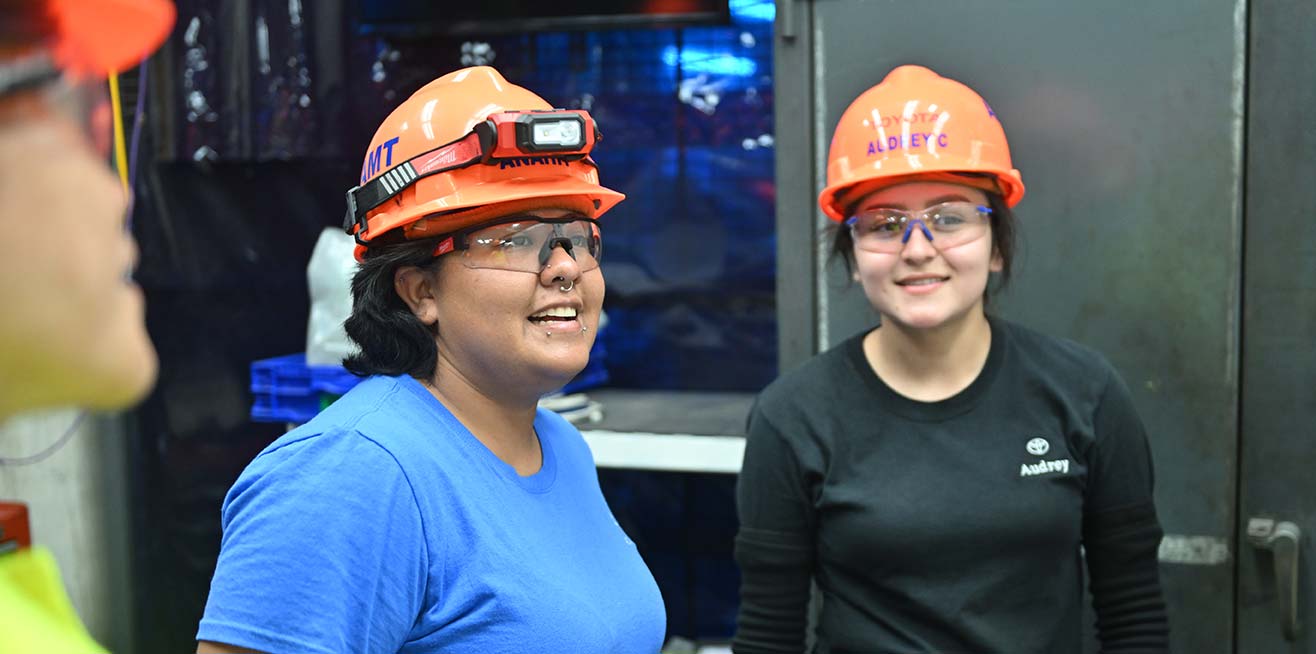In the coming decade, the United States faces a significant challenge: filling nearly 3.5 million manufacturing jobs while potentially leaving 2 million unfilled due to a lack of trained individuals. However, a solution lies in attracting more women and people of color to the field. In 2022, the manufacturing workforce consisted of 10.8% Black or African American, 17.4% Hispanic or Latino, and 29.3% women. These figures underscore the urgent need for more targeted recruiting efforts.

Inclusion of women and underrepresented populations is a timely and necessary strategy to bridge the skills gap in manufacturing. The Toyota USA Foundation has partnered with the National Alliance for Partnerships in Equity Education Foundation (NAPEEF) to create tools and strategies for educators and recruiters, aiming to attract more students to careers in advanced manufacturing.
NAPEEF’s Make the Future™ Initiative identified nine best practices to increase the participation and retention of women and people of color in STEM-related programs and Career and Technical Education (CTE) leading to manufacturing careers.
The three case studies delved into several key research questions:
The studies confirmed the need for a comprehensive, collaborative, regional recruiting strategy to increase women’s participation in AMT programs.
These case studies highlight the importance of a multifaceted approach to recruiting women into AMT programs. By addressing these research questions and implementing the insights gained, programs can increase women’s participation, ultimately bridging the gender gap in manufacturing.
Learn more about Make the Future, Connecting Girls to Manufacturing!